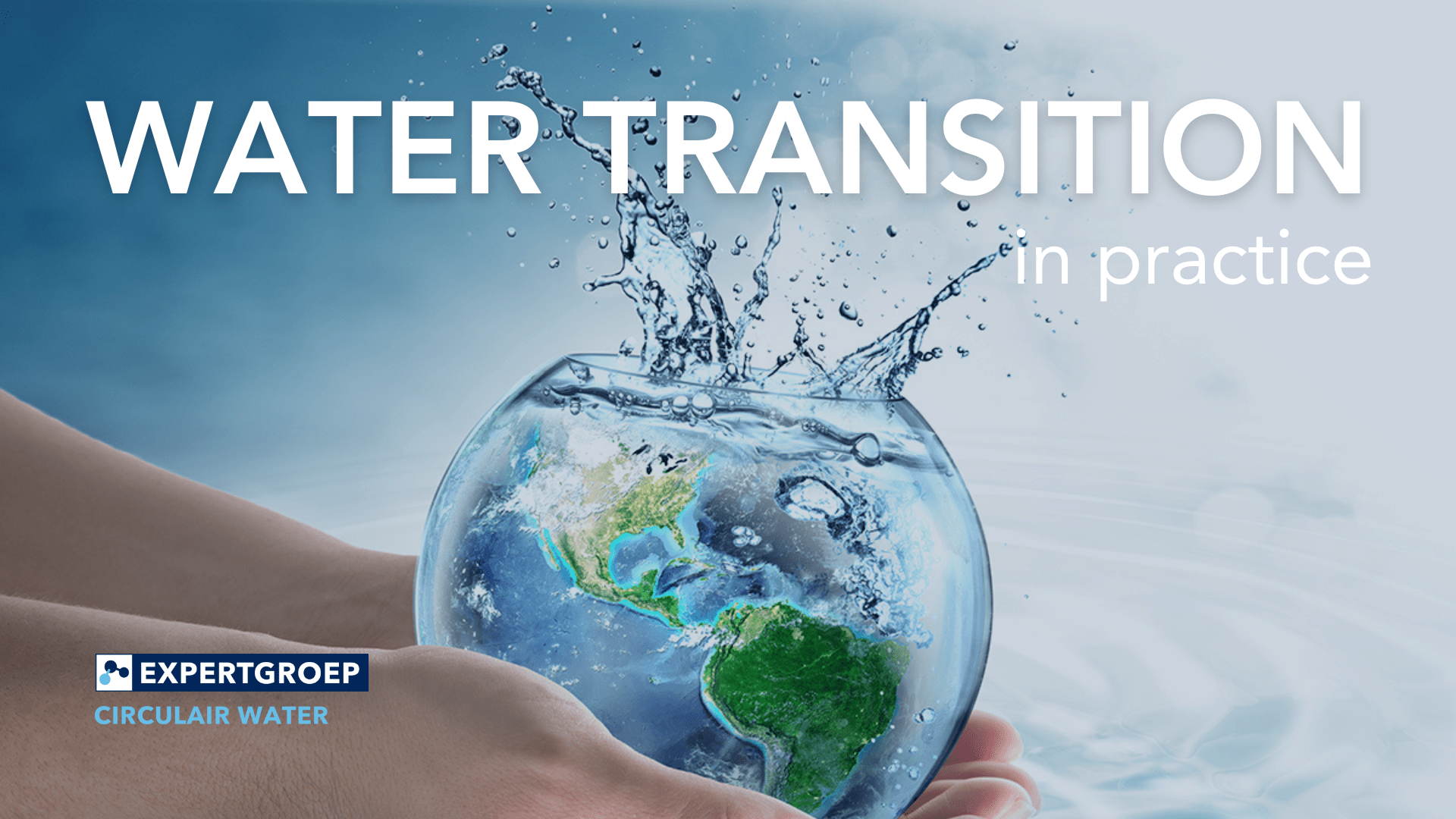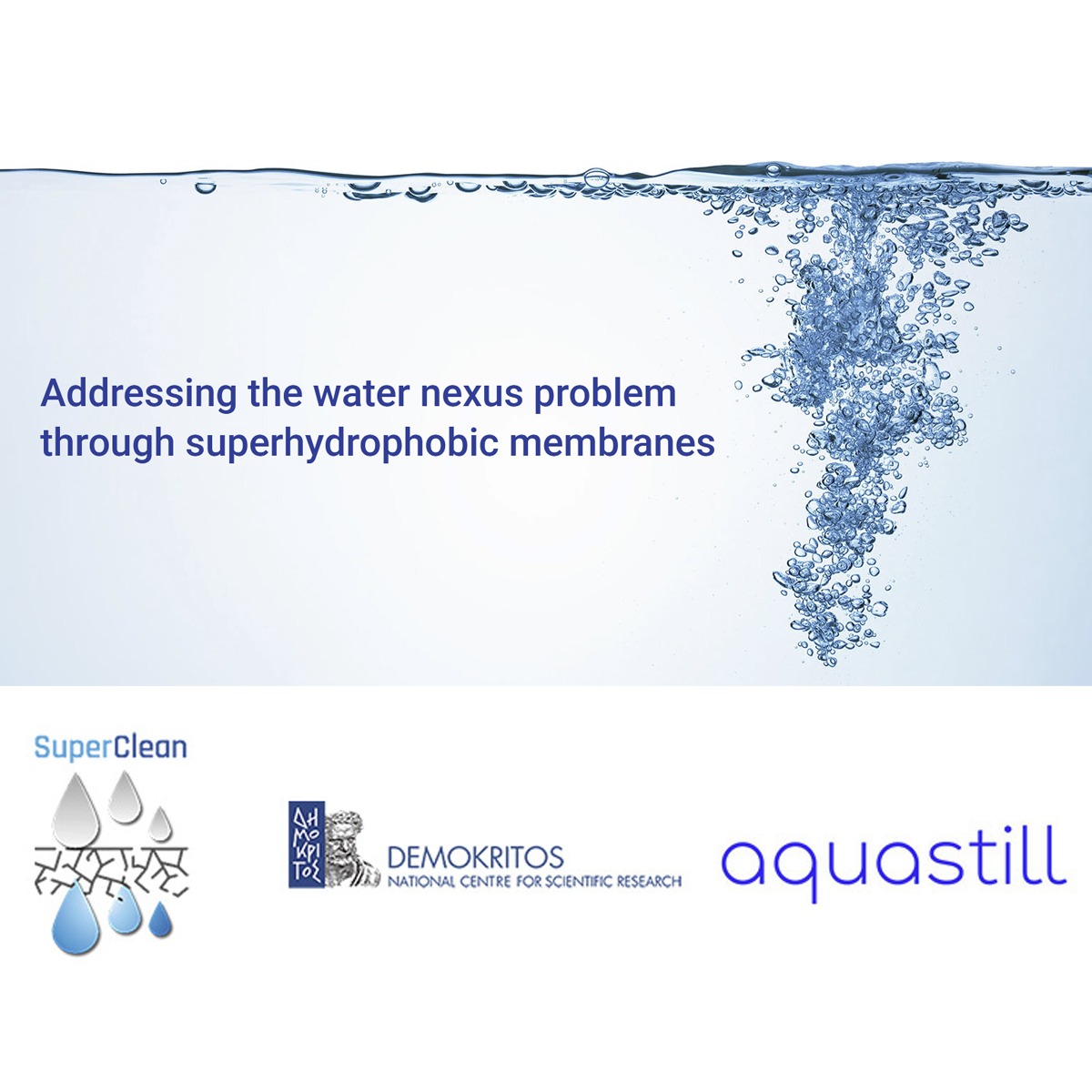The sea is a special challenge in the WaterTech business. There is plenty of seawater available, and that provides opportunities in terms of drinking water and energy. This seawater needs to be cleaned too. For companies that take on the innovative challenge in this area, the Northern Netherlands is a superb place to be.
Saltwater as a solution for the drinking-water shortage
In some parts of the world, tens of thousands of people live in regions without direct access drinking water. They may have to walk hours to collect water. Innovative companies are developing solutions for dealing with this water shortage, for example by desalinating seawater to create fresh drinking water.
Herre Rost van Tonningen, CEO of Solteq, strives to solve these types of water problems. ‘They look like beautiful places; situated on the coast, a major city with a dry climate. Yet, the shortage of water makes life difficult.’ Solteq developed a solution – a hydraulic pump that can desalinate water by using wind or solar power.
Solteq is based in the north of the Netherlands, which would seem strange for a company that works for areas with a drinking-water shortage – subtropical and tropical areas that are far away from the Netherlands. Yet it is a conscious choice, and not just because Herre Rost van Tonningen comes from the Netherlands himself. ‘The north of the Netherlands has some major advantages for us. First of all there are fairly generous subsidies, which allowed us to start up as a company. We were also supported by the WaterCampus; because of them we had the use of a test site. This is possible in other places, but it can take years before a permit is awarded. With support from the WaterCampus this was organized within six weeks, because we are an innovative water-technology company. That also helped to continue developing our product.’
Energy from the sea
Seawater can also be used to generate energy, which is known as ‘Blue Energy’. The idea of generating energy by having water with different salt levels flow alongside each other was developed in 1954. Yet took another half a century before somebody came up with a way of using this method for large-scale energy generation. That was the founder of TopDutch company REDstack, Pieter Hack. He developed the RED technology (Reverse Electro Dialysis) – water flows past two membranes that separate negatively and positively charged particles. That produces a voltage difference over the membranes that can be used to generate electricity or green hydrogen.
Blue Energy is an example of generating energy at sea; a Dutch invention that could be applied in more coastal areas around the world. There are more examples – the TopDutch start-up Ocean Grazer, a spin-off of research by University of Groningen, developed a floating platform that generates energy from the power of waves. This is another solution for sustainable energy that could provide an answer in many coastal areas, including those with less fresh water. The opportunities provided by the sea are endless and there are likely to be many more discovered. This presents a challenge for innovation with the north of the Netherlands as the ideal place to start – the knowledge from the university, Wetsus, education in the maritime sector, pilot sites and WaterTech companies that are open to collaboration are together facilitating innovation for global solutions.




